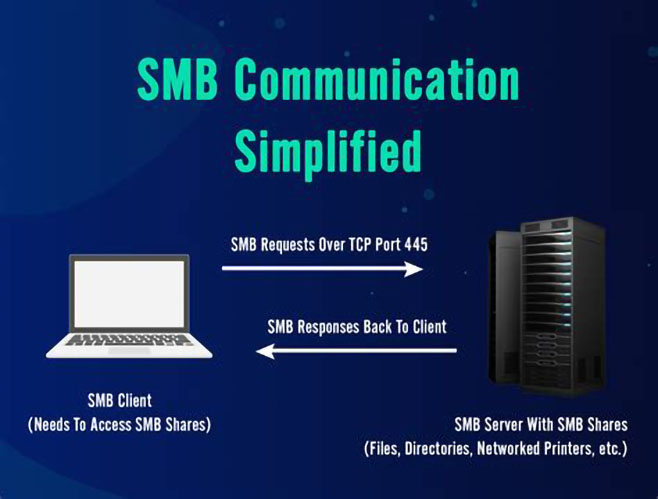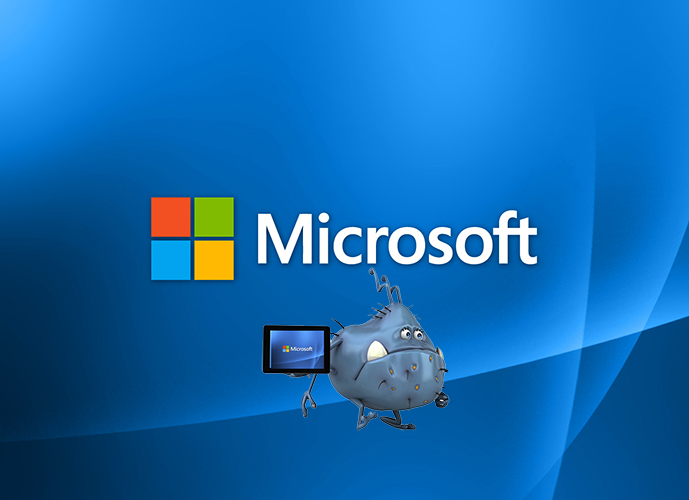Where did QUIC come from?
QUIC is an internet transport protocol which was developed in 2012 by Google. It was intended for the purpose of connection speed increase, while keeping quality and security, and designed for today’s bandwidth needs and latency sensitive applications. Google used its vast global spread and variety of connectivity implementations to investigate, create and experiment its new QUIC protocol, which was officially announced as part of Chromium version 29 in 2013.

QUIC is built on top of UDP, significantly reducing the TCP’s latency caused by multiple handshakes. In fact, as opposed to TCP, UDP requires only one handshake to establish a connection. QUIC uses TLS 1.3 for security. It also introduced new features for better performance, such as using a session ticket for faster reconnections, and resending packets that require a reliable delivery, dramatically reducing congestion compared to TCP.
QUIC’s main features and advantages:
- Enhanced security – Data packets are encrypted throughout the connection without needing a VPN; TLS 1.3 authentication is used for the handshake.
- Increased connectivity performance – Latency is significantly lower, thanks to a single handshake required to establish the connection, and thanks to a session ticket that allows restoring a connection faster to revisited sites compared to TCP.
- High reliability – Is achieved thanks to a smart packet header mechanism that allows recovery in case of high loss-rate. The mechanism resends only packets requiring a reliable delivery. Head-of-line blocking is avoided by using a single session for simultaneous data streams.
- Improved user experience – QUIC assigns its own ID independently of IP and port, allowing to seamlessly switch between cellular, Wi-Fi or wired networks and handle IP or port changes without disruptions.
Where can the QUIC protocol be found today?
You are already using QUIC every day! QUIC is used by not only Google and its applications such as YouTube and Gmail, but also Facebook and Instagram, Uber, and many more services. Its simplicity, increased security, and high connectivity performance, make it very suitable for any environment that needs to deliver more with less.
How do companies use QUIC?
Many companies have already realized the benefits of implementing the QUIC protocol as part of their products, development cycles or use cases. Following are some examples of how some leading companies are using QUIC.
Microsoft
Microsoft provides QUIC connectivity in newer Windows OSes and as part of the Edge Browser. QUIC is supported in Windows 11 and Windows Server 2022. It also provides SMB over QUIC support for file sharing. SMB over QUIC is one of the new security features in Windows Server 2022, and does not require VPN. SMB over QUIC applies to Windows versions from Windows Server 2022 Datacenter Azure Edition, and Windows 11.
Alibaba
By supporting the QUIC protocol, Alibaba Cloud CDN has allowed a faster, more stable, and overall better experience for its users. Through a simple request and identification procedure, the user can take advantage of the QUIC protocol for improving content delivery efficiency and safeguarding data transmission.
Facebook
Facebook replaced its internet protocol with QUIC to optimize its network and create a better user experience. The QUIC protocol is used for more than 75% of its internet traffic resulting in significant improvements for Facebook users and better metrics, like reduced request errors and decreased tail latency.
Akamai
Akamai sees QUIC as a platform for future protocol development, and was the first third party to deploy Google QUIC when it became available. When they want to experiment with partners or customers to deploy new transport optimizations, Akamai has the QUIC framework, its transport invariants, and its security infrastructure as a vehicle for that research.
Mozilla Firefox
The main performance improvements of Mozilla Firefox are a direct result of using QUIC. By using HTTP/3, which is based on QUIC, it takes less time to connect, there are no head of line blocking and delays in delivering packets. QUIC improves the ability to detect and repair packet loss. Firefox Nightly will automatically try to use HTTP/3 if supported by the Web server.
Uber
In order to deliver high quality and real-time performance as expected by its users, the Uber mobile app should count on low-latency and high reliability network communication. By adopting the QUIC protocol, Uber was able to better control the transport protocol performance and reduce tail-end latencies by up to 30%. QUIC helps the Uber app improve its performance in low connectivity networks and provides end-to-end control over the flow of packets, enhancing the overall user experience.
SMB over QUIC for better file sharing performance
SMB (Server Message Block) traditionally uses TCP as its transport protocol. SMB messages can be encapsulated within QUIC packets, which are then sent over UDP instead of TCP. This allows the SMB protocol to take advantage of some of the benefits that QUIC provides, such as reduced latency, improved performance, and encryption by default.
SMB over QUIC can traverse networks that may block traditional SMB traffic over TCP. In fact, since QUIC uses UDP, connections are established over ports that are typically open on firewalls, such as port 443 (HTTPS). Explore Visuality Systems’ SMB over QUIC solutions.
Prior to QUIC, TCP was considered a common and dominant internet protocol. However, nowadays QUIC is slowly but inexorably overtaking the market, and the question is – not if but rather – when will it replace TCP altogether?
Tal Widerman, CEO, Visuality Systems




